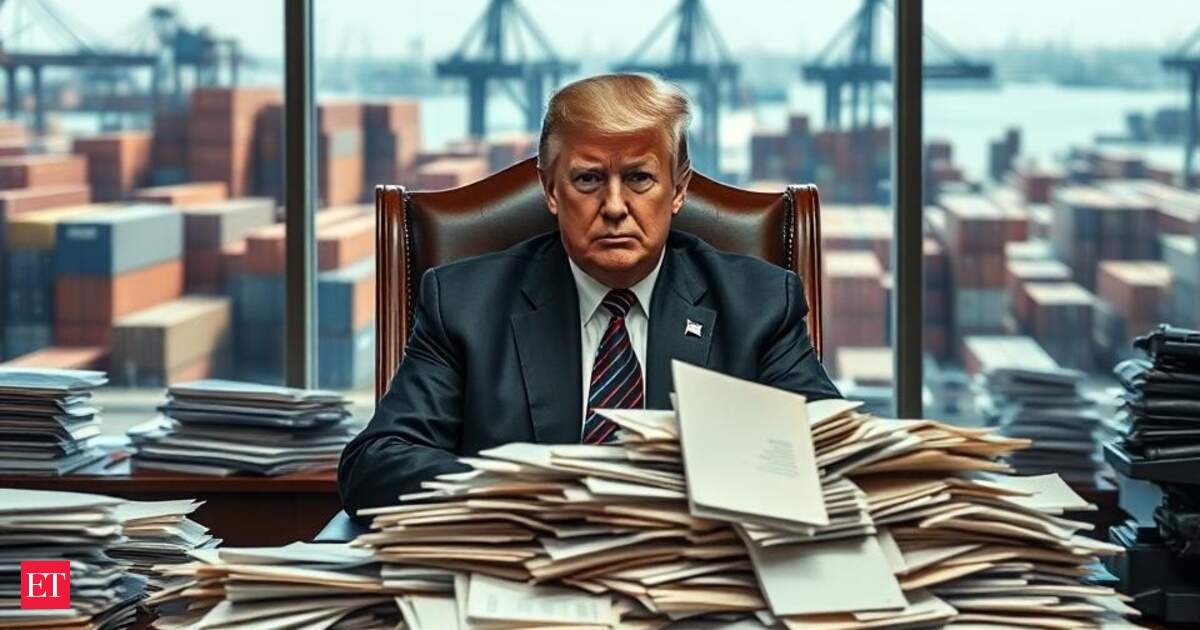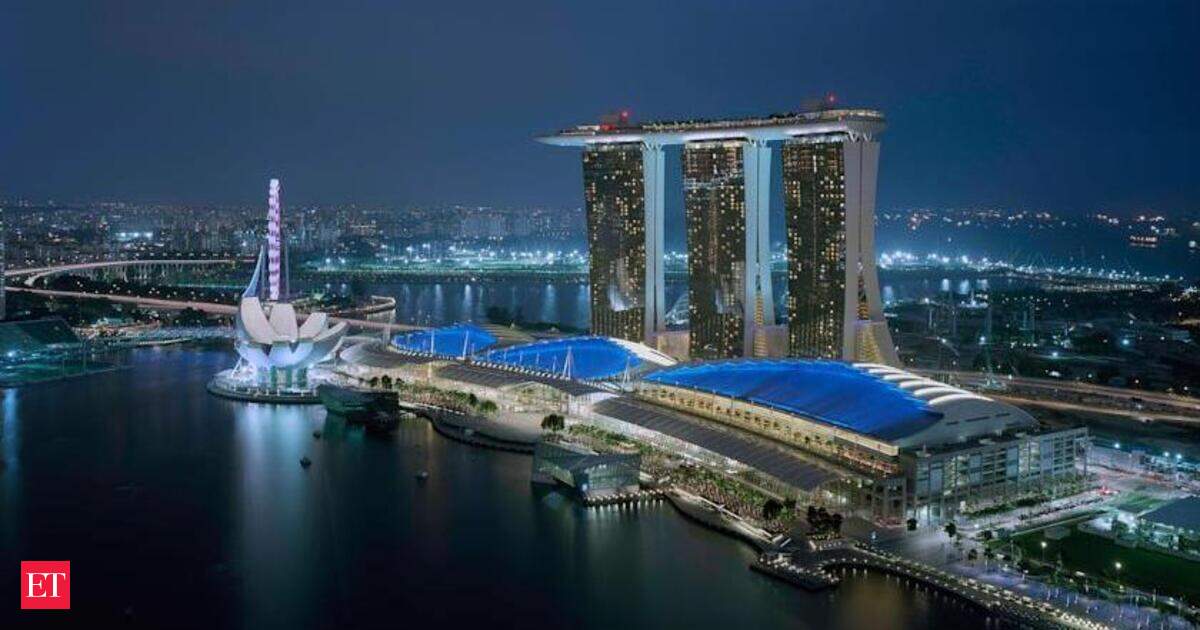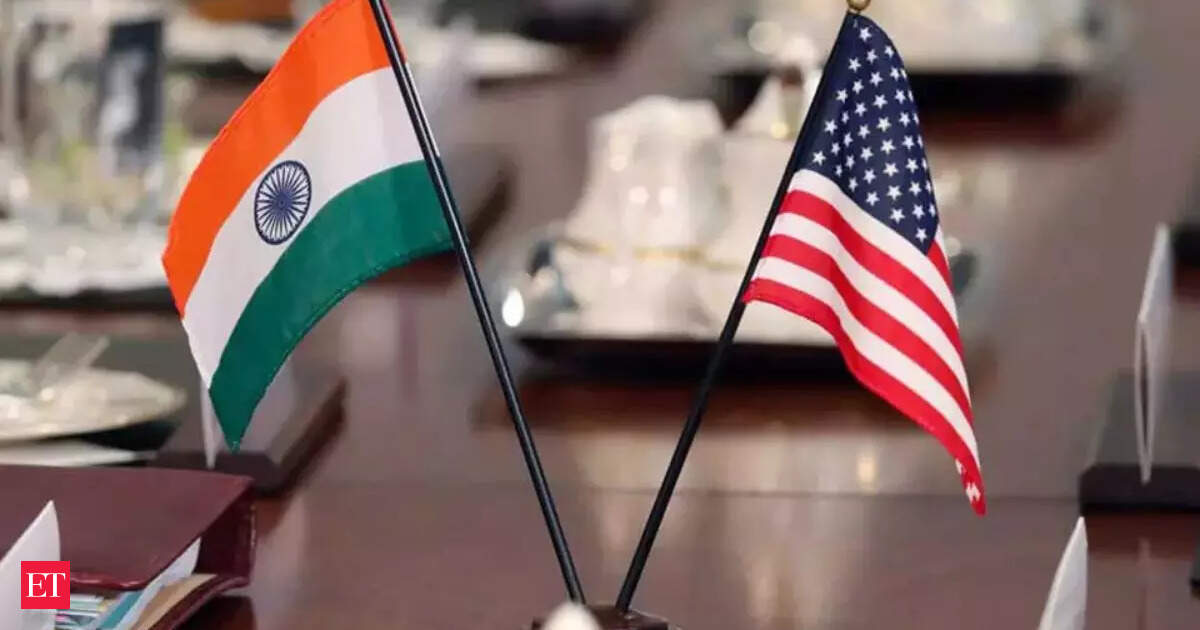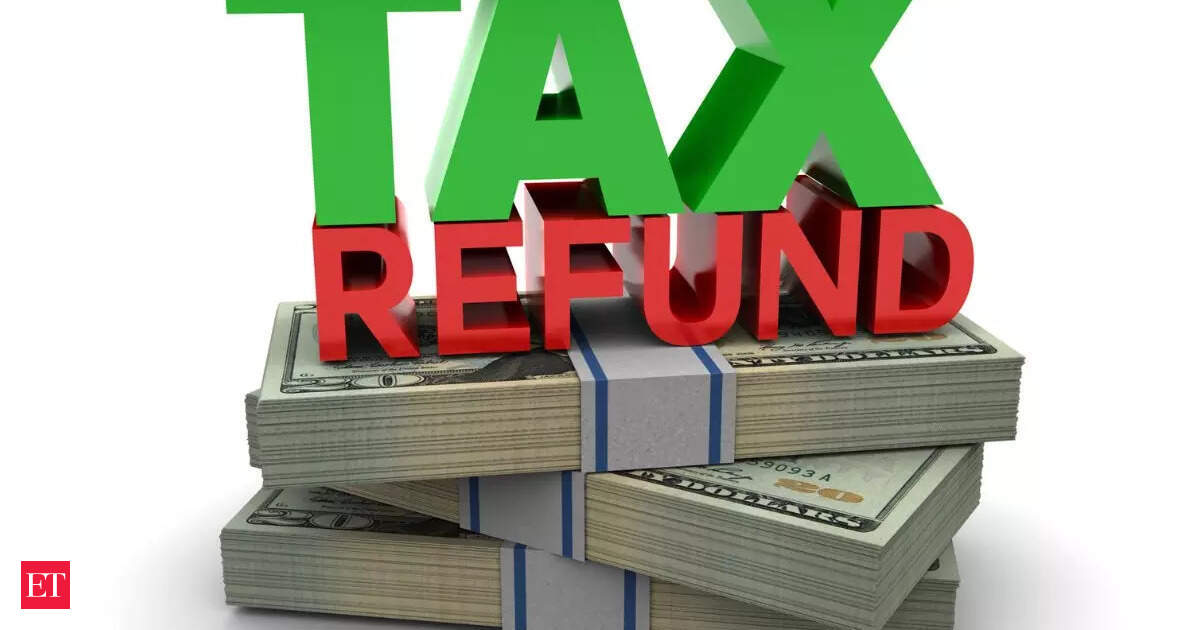As the July 9 deadline passed, several countries received stern letters from Trump threatening steep tariffs. India, despite being a significant exporter to the US and firmly on Trump’s radar, has not. This is no accident. Rather, it’s a result of deliberate, calculated diplomacy from India. Indian officials have said today that further negotiations are on, indicating India’s diplomacy may have been able to blunt Trump’s tariff aggression.
Also Read: India seeks to dodge Trump’s BRICS wrath as it eyes trade deal
India’s strategic resistance but no confrontation
India’s approach to Trump’s pressure campaign has been consistent: engage, but don’t concede. When Commerce Minister Piyush Goyal returned from Washington last week, he made a pointed remark — India would not be rushed into a deal by arbitrary deadlines. That wasn’t just for domestic consumption. It was a signal to the US administration that while India remains open to negotiation, it won’t accept unfavorable terms just to meet a political timeline.
This strategy hinges on two principles: patience and preparation. India has kept negotiation channels open, even dispatching teams to Washington for multiple rounds of dialogue. At the same time, it has avoided dramatic public statements or reactive moves that could escalate tensions. The result? India has managed to remain in the game without appearing weak or confrontational.
Also Read: Check full list of 22 countries that got tariff letters from WashingtonHowever, Trump’s tariff threats remain real, especially in sensitive sectors. His floated idea of a 200% tariff on pharmaceutical imports is particularly concerning for India, which is a leading supplier of generic drugs to the US. Such a move would damage India’s pharma exports and ripple through its manufacturing sector. Yet, despite the threat, India has not received a formal tariff warning letter like several other US trading partners. This suggests that Trump sees potential in sealing a deal with India — albeit a limited one — that he can tout as a victory while more complex negotiations with other countries stall.The absence of a formal letter isn’t just a courtesy. It’s a calculated pause. Trump knows that India might be the most likely candidate to sign a “mini deal” in the short term, especially as progress with Japan, South Korea and the European Union has slowed dramatically.
Why India looks like a safer bet for Trump
While other nations have dug in their heels, India has kept a door open for progress. Japan has already declared it won’t renegotiate the 2020 bilateral trade agreement under external pressure. South Korea has insisted on broader concessions before engaging. And the EU has has dismissed Trump’s pressure tactics as political theater while playing hardball.
In contrast, India is actively negotiating and has confirmed that another delegation will return to Washington shortly. Special Secretary Rajesh Agrawal has stated that discussions are ongoing, as per PTI. Agrawal is the chief negotiator of the proposed India-US bilateral trade agreement. The aim is to conclude the first phase of this pact by fall (September-October) of this year. Before that, the two countries are looking to finalise an interim trade agreement.
Sources in the government have told ANI that an Indian trade delegation will revisit Washington DC soon for in-person negotiations aimed at finalising a trade deal. Sources also said that besides in-person meetings, Indian officials have also been engaged in several virtual meetings with their US counterparts in recent weeks.
Also Read: India trying to finalise trade deal with US, to visit Washington again soon
These efforts signal that India is willing to reach a deal, but on its own terms. That makes India attractive for Trump, who is in desperate need of wins after the self-imposed July 9 deadline passed with little to show. A trade agreement, even a narrow one focused on pharmaceuticals, digital commerce and limited agricultural access, could be paraded as proof that Trump’s approach still works.
How hard is Trump’s new August 1 deadline?
Both sides are eyeing a pragmatic agreement. A broad free trade deal is unlikely, especially in such a compressed timeline. But a mini deal that covers a handful of high-impact sectors could satisfy both parties. Trump could count it among his “90 deals,” while India could protect its core economic interests such as agriculture and dairy and ensure continued access to the US market. Whether such a deal materializes by August 1, the new deadline announced by Trump, is unclear. Trump has already softened the deadline, calling it “not 100% firm.” For India, this signals room to manoeuvre without losing credibility or appearing non-cooperative.
In many ways, India’s ability to sidestep the July 9 deadline and avoid the public wrath of Trump is a quiet diplomatic victory. By refusing to be cornered by arbitrary timelines and refusing to retaliate, India has positioned itself as a reliable negotiating partner with a long-term view. It’s a model of measured diplomacy in an increasingly transactional world. If India slips past Trump’s soft August 1 deadline too due to negotiations stretching further, without getting Trump’s letter, it would mean Trump is willing to give concessions to India which he denies to other countries
The weeks ahead will be critical. If India can strike a mini deal with the US without conceding key policy space, it would demonstrate sheer diplomatic resilience against one of the most unpredictable and volatile leaders.




